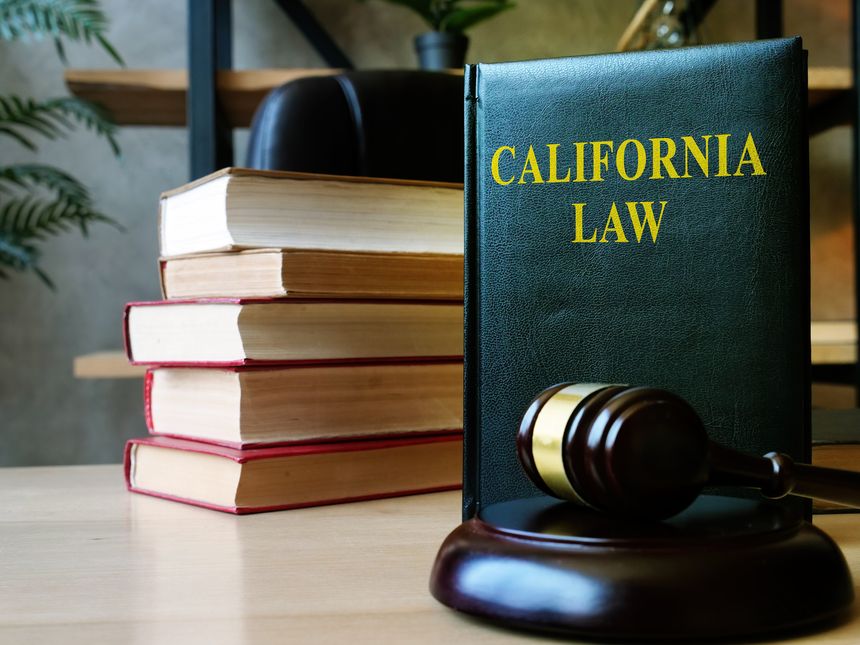Extended rulemaking timeline
On 14 October 2025, the California Air Resources Board (“CARB”) posted a notice “proposing an updated timeline for bringing the initial rulemaking (including the fee-related provisions) to the board in Q1 2026”. CARB cited the large volume of public comments received and ongoing input related to identifying the range of covered entities as reasons for updating the timeline.
The initial rulemaking was originally set to be considered by the board on 11-12 December 2025 after a Notice of Proposed Rulemaking (“NPR”) was to be published on 14 October 2025. CARB did not indicate whether it still intends to publish the NPR in October. Regardless, stakeholders will have the opportunity to provide feedback during the required 45-day public comment period that will begin when the NPR is published.
While this extension may extend the timeline for board consideration and the issuance of a final rule, it does not change the 1 January 2026 statutory deadline for climate-related financial risk reports under the Greenhouse Gases: Climate-Related Financial Risk law (“SB 261”). For more information on how covered entities should comply with SB 261’s 2026 reporting cycle, please see our client briefing on CARB’s draft guidance.
Draft guidance and reporting template
On 10 October 2025, CARB published, for purposes of public feedback, draft guidance and a draft reporting template for Scope 1 and 2 greenhouse gas (“GHG”) emissions reporting under the Climate Corporate Data Accountability Act (“SB 253”).
SB 253 requires U.S. public and private companies with total annual revenues in excess of $1 billion doing business in California to annually disclose their GHG emissions – starting with Scope 1 and 2 GHG emissions in 2026.
Use of the template is voluntary for the 2026 reporting cycle. Whether this will change for future reporting cycles is still being considered by CARB.
The reporting template sets out the data that CARB is proposing to collect from reporting entities regarding their Scope 1 and Scope 2 GHG emissions across key categories, including:
Organisation Information: Basic information of reporting entity, including details of entity name, website, headquarters, and contact person.
Third-Party Verification: Details on the assurance engagements performed by third-party assurance providers, including confirmation that all reported Scope 1 and Scope 2 emissions have been assured at the limited assurance level (and if not, an explanation).
Inventory Boundary: Information to determine the scope of the GHG emissions reported, including the type of organisational boundary approach used (i.e. equity share, financial control, or operational control) and any regions or specific facilities excluded from that boundary.
Disclosure (Scope 1 and Scope 2): Quantitative values of GHG emissions, including from (1) Mobile Combustion, Process Sources, or Fugitive Sources for Scope 1 and (2) Purchased/Acquired Steam, Heating, or Cooling for Scope 2.
Methodologies: Matrices or indices used to calculate GHG emissions.
Minor/De Minimis Sources: Emissions excluded based on specific materiality thresholds.
California MRR Fields (if applicable): Disclosure of the California Mandatory Reporting Regulations (MRR) facility identification number.
Emissions Reductions (if applicable): Disclosure of emission reductions from direct contracts of renewable electricity and renewable gas.
The template also includes “optional” data such as base year emissions, as well as Scope 1 and 2 direct and indirect emissions for individual sources/gases. However, CARB may consider making this data required in following reporting years.
CARB is seeking public feedback on these drafts by 27 October 2025.
For further details on California’s incoming climate disclosure laws – the Climate Corporate Data Accountability Act (“SB 253”) and Greenhouse Gases: Climate-Related Financial Risk (“SB 261”) – please see our Quick Guide and earlier client briefing.



/Passle/5f6c57568cb62a0d7c9eadee/SearchServiceImages/2025-05-14-11-08-22-491-682479a6822da73188e67f5d.jpg)
/Passle/5f6c57568cb62a0d7c9eadee/SearchServiceImages/2025-12-05-15-04-22-182-6932f476c95179a7733dbc53.jpg)
/Passle/5f6c57568cb62a0d7c9eadee/SearchServiceImages/2025-12-02-12-01-59-878-692ed537de03c50ed48050a1.jpg)
/Passle/5f6c57568cb62a0d7c9eadee/SearchServiceImages/2025-11-27-13-29-53-697-692852519b05efae39caf2e5.jpg)
/Passle/5f6c57568cb62a0d7c9eadee/SearchServiceImages/2025-11-27-14-58-56-308-692867305a6bd6a9110e7497.jpg)